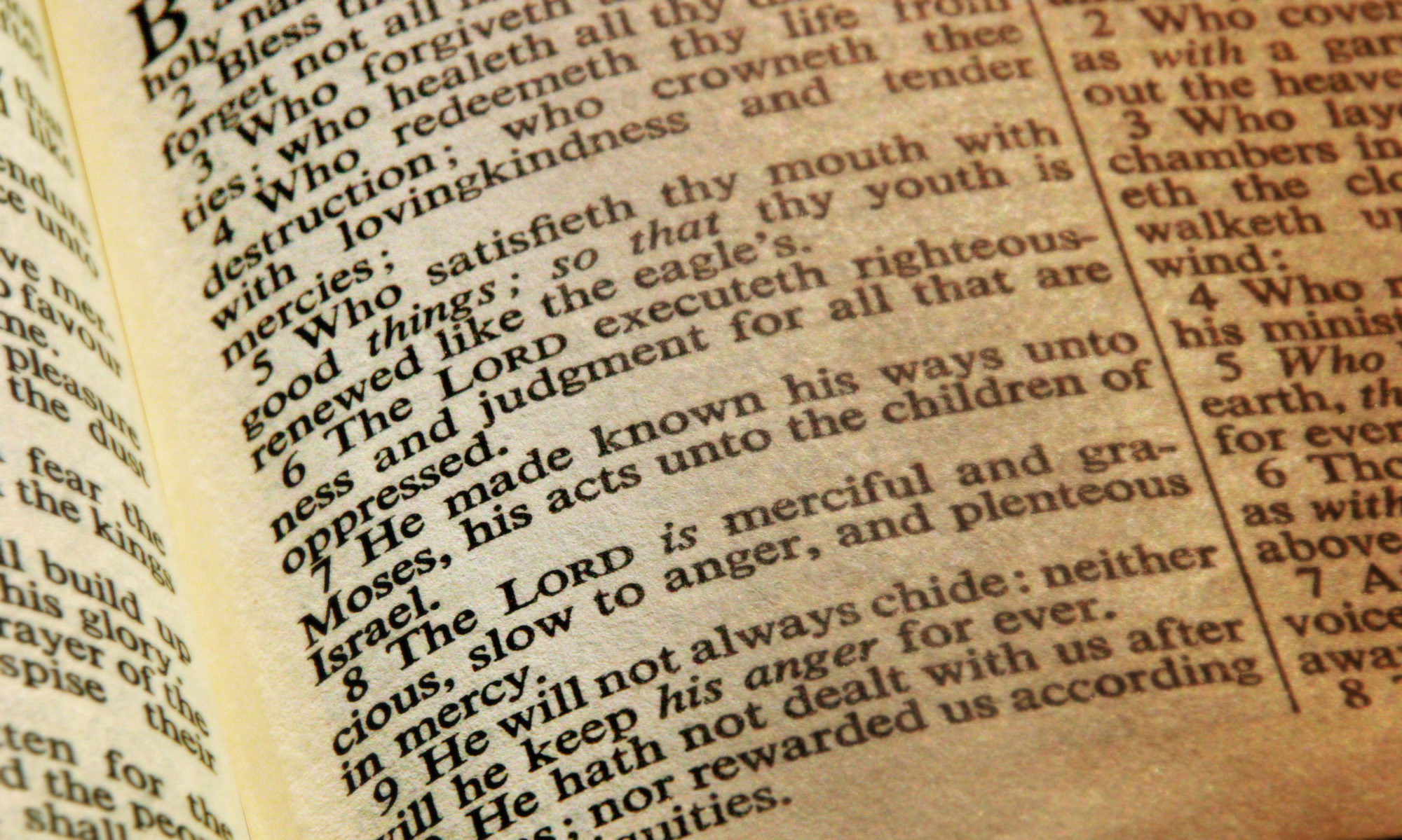Yahweh Nissi means “the Lord is Our Banner” – in Exodus 17, Moses named an altar this after defeating the Amalekites. Banners were key to pre-modern warfare, telling soldiers who is leading and where to attack. “Under the banner” can also mean “in the name of” – “under the banner of love* for example.
The name is used only once, in a passage that is ultimately problematic. The Amalekites ambushed the people of Israel, and after God enables victory, the Amalekites are marked out as a people for destruction.
This destruction becomes relevant again in 1 Samuel, when Samuel instructs Saul to wipe out the Amalekites, down to the children.
This story is hard to square with the teachings of Christ, and is even difficult to reconcile with the teachings of the Old Testament like “do not kill.” This is important because we see leaders today justifying violence in God’s name as well. In reality, if the Lord is our banner then it redefines our relationship with our enemies.
Irenaeus was an early church father who struggled with this difference as well. He sees the story of the Old Testament as one of “gradual pedagogy” where His gradually moves a primitive, violent people to a full understanding of the God who is Love. Origen was another, who saw over time a development and revelation of how to interact with enemies, finding its fullness in the Cross.
If the Lord is our banner, He redefines the source of our security. We no longer place our faith in our own strength or resources, but rather in God Himself. We no longer need to have a scarcity mindset, but can rest in His abundance, letting that impact our engagement with others in love rather than fear and competition.
If the Lord is our banner, it redefines our identity, our vocation and equips us with a different ethic. We are to participate in God’s work of lifting up the marginalized, freeing the captives and giving sight to the blind.
— Guillermo Jimenez, Renew Church, Lynnwood WA, July 21, 2024
